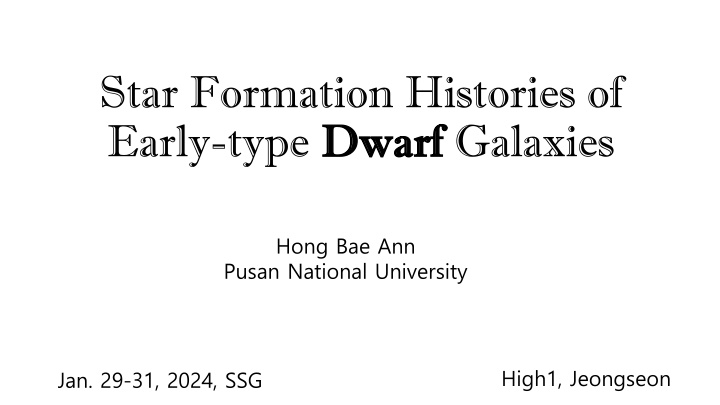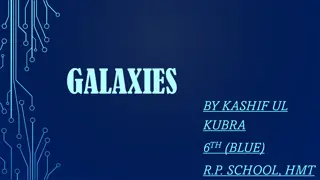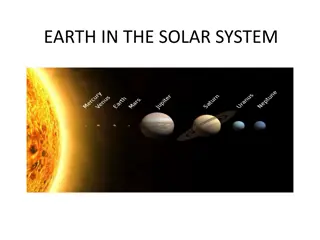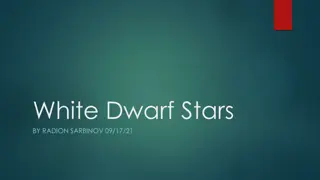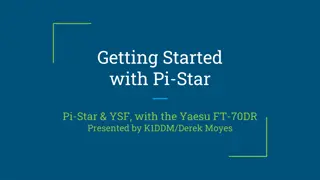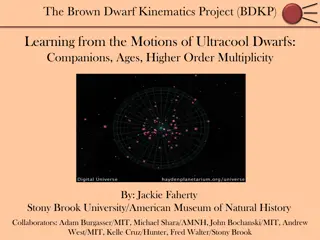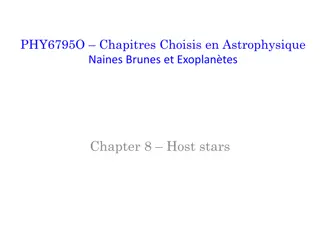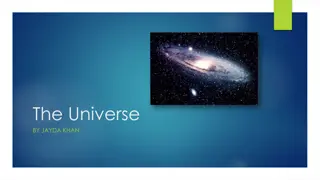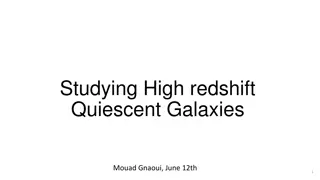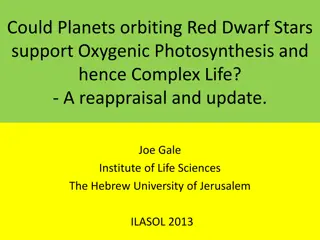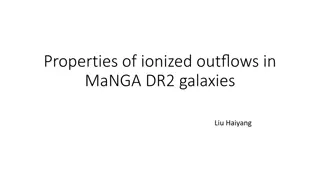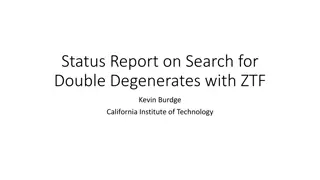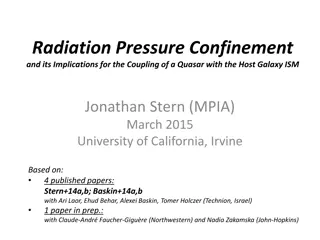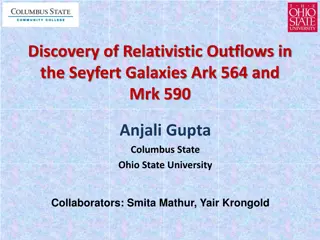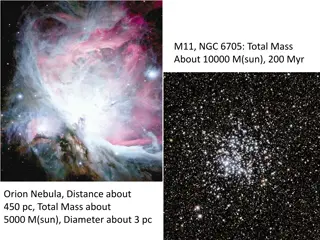Investigating Star Formation Histories of Early-Type Dwarf Galaxies
Delve into the star formation histories of early-type dwarf galaxies, exploring their significance as local objects and prime targets for near-field cosmology. Understand the complexities of re-ionization, age, metallicity, and morphology in the context of galaxy evolution. Uncover the relationships between age-density, age-morphology, mass, and environment dependencies through various research studies.
Download Presentation

Please find below an Image/Link to download the presentation.
The content on the website is provided AS IS for your information and personal use only. It may not be sold, licensed, or shared on other websites without obtaining consent from the author.If you encounter any issues during the download, it is possible that the publisher has removed the file from their server.
You are allowed to download the files provided on this website for personal or commercial use, subject to the condition that they are used lawfully. All files are the property of their respective owners.
The content on the website is provided AS IS for your information and personal use only. It may not be sold, licensed, or shared on other websites without obtaining consent from the author.
E N D
Presentation Transcript
Star Formation Histories of Early-type Dwarf Dwarf Galaxies Hong Bae Ann Pusan National University High1, Jeongseon Jan. 29-31, 2024, SSG
Why SFHs of early-type dwarfs? Local objects. Best targets for near-field cosmology. re-ionization, age and metallicity, down-sizing Origin and evolution primordial objects vs transformed ones mass vs environment Morphology dS0, dE, dEbc, dSph, dEblue
Morphology Ann et al. 2015
Age-density & Age-Morphology relations Wolf et al. (2007), A901/2 supercluster field, at z=0.155 0.185, Mv < -18, 530 galaxies. ESO 2.2m at La Silla, COMBO17, morphology classification using dep R-band images with 0.8 seeing.
TNG50: Cosmological MHD (51.7 cMpc)^3 Joshi, G. etal (2021): m_DM = 4.5 10^5 Msun, m_gas = 8.5x10^4 Msun, h_gas(min) =73.8 pc
Conclusions Lack of extremely metal poor stars suggests pre-enrichment in early-type dwarf galaxies. Accretion of metal-free cold gas is important in the SFHs of dEbc & dEblue galaxies. Mass and environment play a decisive role in the SFHs of early-type dwarfs but it depends on the morphology. Age-density relation holds for early-type dwarfs. Majority of dSphs seem to be primordial origin. Downsizing is apparent for the early-type dwarfs.
Population Synthesis: STARLIGHT versus pPXF Junqiang etal.(2018)
Star Formation Rate Morphology 6 < Log M/M < 10
Green and blue lines: Main-sequence of st ar forming galaxies by Salim et al. (2007) and Lara-Lopez et al. (2013), respectively (Guglielmo etal 2015). Black symbols: All galaxies. Blue symbols: Star- forming galaxies only (Poggianiti et al. (2008).
ANGST: 60 dwarfs (D< 4Mpc, beyond LG) Catalog of Neighboring Galaxies (Karachentsev et al. 2004) , 12: dSph/dE 5 : dSpiral 28: dI 12: dSph/dI 3: tidal dwarfs Weisz et al. (2011)
The SAMI - Fornax Dwarfs Survey IV Weisz etal(2014): 38 Local Group dwarf galaxies (10^4 - 10^9 M_sun) Romero-G mez etal(2023): 31 dwarf galaxies (10^7 - 10^9.5 ?_sun)
Dwarfs in M31 vs MW: 20+6, Weisz etal (2019)
LATTE SIMULATIONS: GIZMO + FIRE-2 Wetzel et al. (2016): h_gas =1pc, m_DM= 2,5x10^4 Msun, m_gas_star(initial)=7070 Msun
